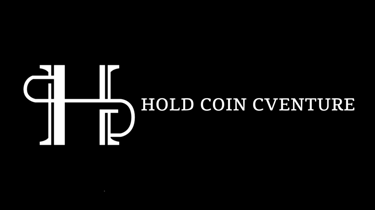WHAT Exchange – Fast, Transparent & Secure Decentralized Derivatives Trading
WHAT Exchange is a high-performance decentralized derivatives exchange (DEX), providing centralized liquidity, MEV protection, and a smooth trading experience across multiple blockchains. Join now to explore limitless trading!
INSIGHTS
2/28/20255 min read
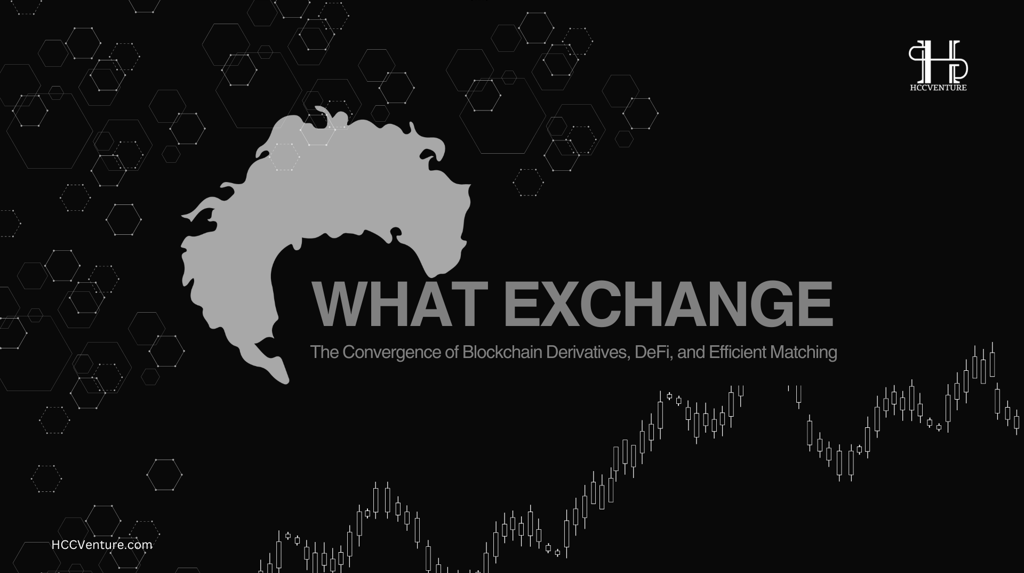

Current DeFi Landscape
In recent years, the financial world has witnessed a dramatic change driven by the emergence of blockchain technology and decentralized finance (DeFi).
As these cutting-edge technologies continue to evolve and mature, a sophisticated group of individuals recognized the enormous potential for a groundbreaking project that combines the latest advancements in blockchain-driven derivatives, efficient price matching, and order book technology.
The driving force behind the development of new DeFi models:
The current financial system is plagued by inefficiency, lack of transparency and high barriers to entry.
Recent advances in blockchain-based pricing and modeling of derivatives have opened up new possibilities for creating sophisticated financial products.
While DeFi has introduced a new level of transparency and accessibility to the financial world, it also faces challenges in scalability and efficiency.
The project team is passionate about creating a financial system that is accessible to everyone, regardless of their background or financial status.
The individuals behind this project are driven by a desire to push the boundaries of what is possible in finance.
With the above motivations, What exchange wanted to change the utility features on DeFi, once again redefining DeFi and its combination with centralized finance.
What Exchange is?
WHAT Exchange is an omnichain decentralized exchange with an orderbook protocol designed to provide high-performance and low-latency trading infrastructure for users. It combines the advantages of centralized and decentralized exchanges, providing high performance, centralized liquidity, transparency, and asset self-custody for users.
WHAT Exchange uses a hybrid central limit order book (CLOB) model, which enables transparent, secure, and efficient trading while allowing users to self-manage their assets.
The exchange adopts a multi-chain architecture, including an asset layer (Vaults) on multiple blockchains, a centralized payment layer on a single chain, and an order book processing engine layer, which consolidates liquidity and increases transaction speed. In addition, WHAT integrates anti-MEV protection mechanisms, such as fast order matching, transaction aggregation, and on-chain payment, ensuring safety and fairness for users.
Order book design mechanism
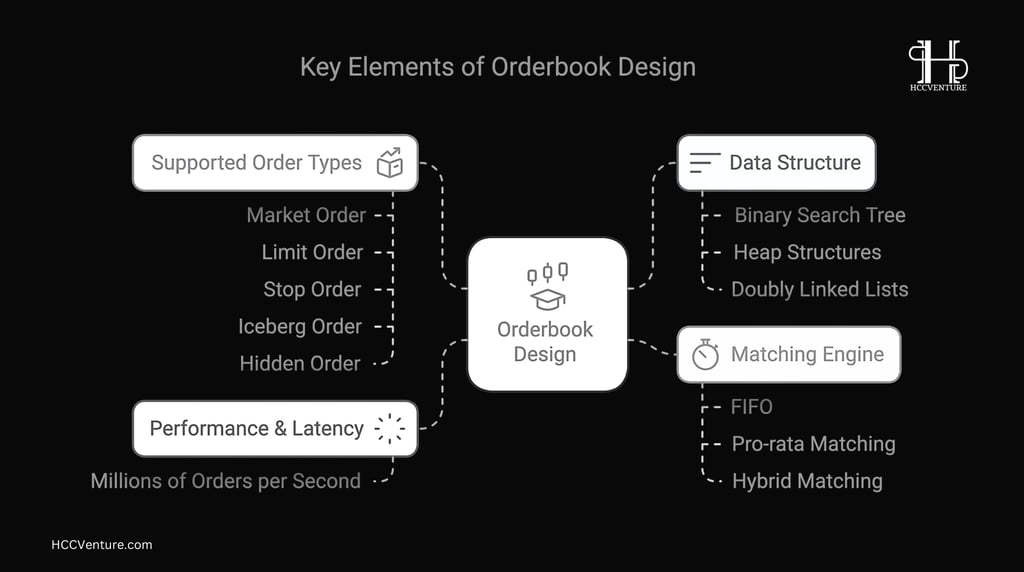

Orders are settled and stored on the blockchain, which enhances security, prevents market manipulation, and ensures data immutability. The high-performance matching engine allows for fast execution of trades, while the self-custody mechanism gives users full control over their assets without having to trust a third party.
Central Limit Order Book (CLOB) Model
WHAT Exchange uses the CLOB model which is a combination of centralized (CEX) and decentralized (DEX) exchanges.
This means that the exchange retains the high performance and low latency of a CEX, but at the same time ensures transparency and asset self-custody like a DEX.
This helps attract both traders who prefer the speed of a CEX and those interested in the control of their assets on a DEX.
Store and settle orders on the blockchain
All orders are recorded and processed on the blockchain instead of a centralized database.
This ensures transparency, as every transaction can be publicly audited.
At the same time, the data cannot be altered or tampered with, helping to prevent fraud or market manipulation.
Key benefits
Transparency : Since all orders are public, the market is difficult to manipulate by large entities. This is an improvement over CEX exchanges where insider trading or price manipulation can occur.
Security : Storing on the blockchain ensures that data is not altered or lost, unlike the CEX model which is vulnerable to attacks or tampering.
Efficiency : Using a high-performance matching engine enables fast trading, creating a smooth CEX-like experience without sacrificing security or decentralization.
Self-custody : Users retain full control of their assets, eliminating the need to trust a third party as on a centralized exchange, while ensuring that they always have the right to withdraw their assets without depending on the exchange.
Built on Omnichain
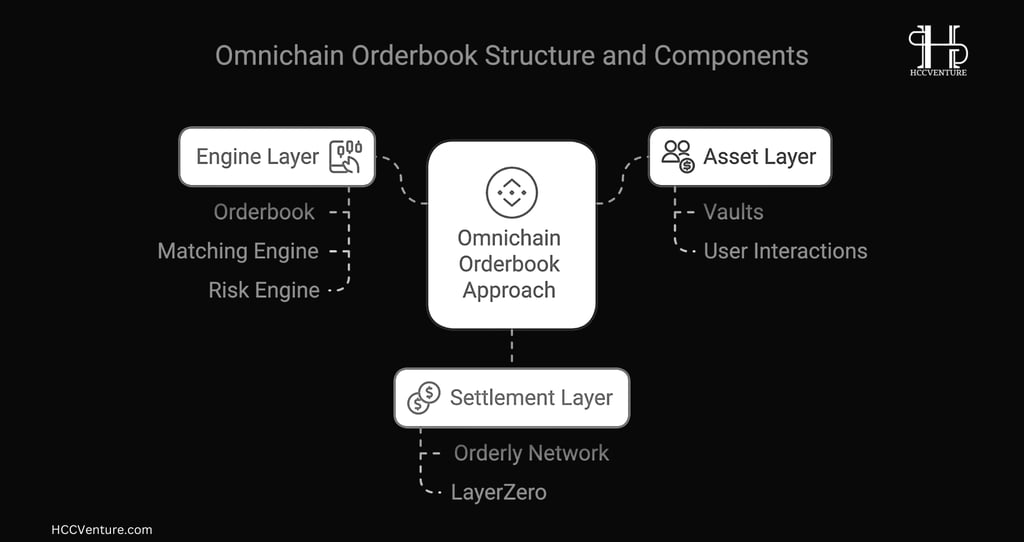

WHAT Exchange implements the Omnichain model by dividing the system into three main layers, which optimizes liquidity, transaction speed, and security:
Asset Layer (Vault) :
Exists on every blockchain WHAT supports.
Users interact with this layer when registering, depositing and withdrawing funds .
This is where assets are stored, ensuring that users' funds are always controlled on-chain.
Settlement Layer (Transaction Ledger) :
Operating on a single chain , in partnership with Orderly Network and LayerZero .
No direct user interaction; acts as a transaction ledger storing user data and orders.
Helps maintain transaction integrity and process payments between different chains.
Engine Layer (Order book & matching engine) :
This is where users directly make transactions .
Includes order matching engine, risk management system and other trading services .
All orders from different chains are put into the same order book, ensuring centralized liquidity , not fragmented like other multi-chain DEX exchanges.
Benefits of the Omnichain Model
Centralized liquidity : Unlike multi-chain DEXs which often have fragmented liquidity, this model consolidates all liquidity into a single order book , allowing for faster trading and better market depth.
High processing speed : Thanks to the powerful engine and high-performance matching mechanism, trading is fast and smooth , almost equivalent to centralized exchanges.
Multi-chain compatibility : Users can transact from multiple blockchains , but still enjoy a unified experience.
Secure and Transparent : On-chain order settlement and the use of LayerZero make transactions transparent, secure, and trustless to third parties.
Using MEV protection mechanism
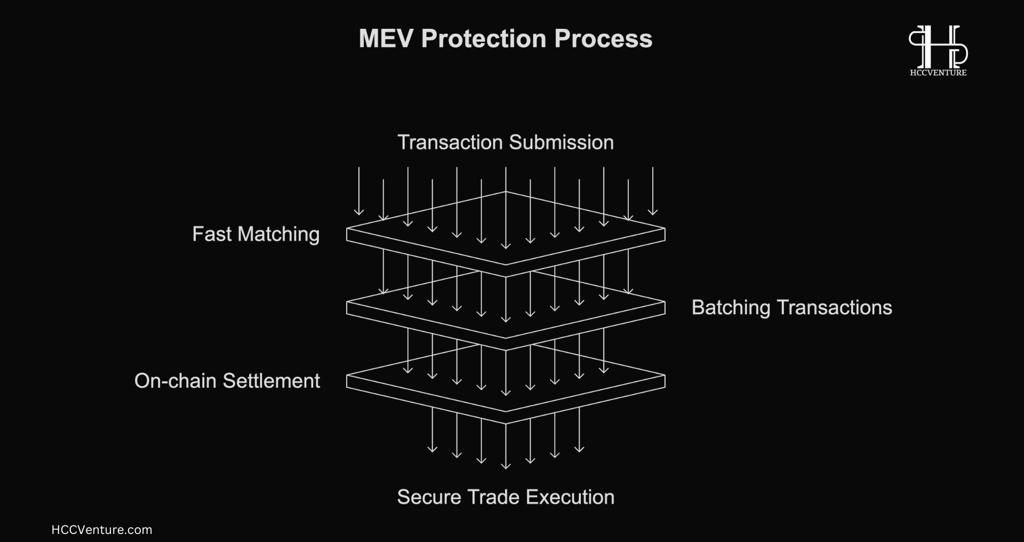

order of transactions in a block for profit. One common form of MEV is "front-running" , when a bot spots a profitable transaction and places a similar transaction with a higher gas fee to be processed first.
How WHAT Exchange Protects Users From MEV
Fast Order Matching : WHAT uses a high-speed order matching engine , which processes transactions almost instantly. This reduces the delay between when a transaction is sent and when it is confirmed, making it difficult for MEV bots to interfere.
Batch Processing : Instead of processing each transaction individually, WHAT bundles multiple transactions into a batch before sending them to the blockchain, eliminating the ability to prioritize a specific transaction , reducing the risk of front-running.
On-chain payments : Every transaction is processed on the blockchain transparently, ensuring that there is no interference or change in the order of transactions after they are confirmed, helping users avoid manipulation by validators or MEV bots.
Tokenomics and Allowcation
Information will be updated soon…
Roadmap WHAT
Q4 2024 Phase : Focus on platform launch , user acquisition and basic ecosystem establishment.
Phase Q1 2025 : Expand trading features, target professional traders and improve user experience.
Phase Q2 2025 : Strengthen decentralized governance, expand ecosystem and list on CEX .
Future : Adjust $WHAT supply to optimize value and maintain sustainable growth .
Follow HCCVenture to get the latest market information. Once again, we give our opinion on potential projects in the crypto market. This is not investment advice, consider your investment portfolio. Disclaimer: The views expressed in this article are solely those of the author and do not represent the platform in any way. This article is not intended to be a guide to making investment decisions.
Data from: Whitepaper WHAT
Data by HCCVenture
Join our ecosystem: HCCVenture
Explore HCCVenture group
HCCVenture © 2023. All rights reserved.


Connect with us
Popular content
Contact to us
E-mail : holdcoincventure_contact@hccventure.com
Register : https://linktr.ee/holdcoincventure
Disclaimer: The information on this website is for informational purposes only and should not be considered investment advice. We are not responsible for any risks or losses arising from investment decisions based on the content here.


TERMS AND CONDITIONS • CUSTOMER PROTECTION POLICY
ANALYTICAL AND NEWS CONTENT IS COMPILED AND PROVIDED BY EXPERTS IN THE FIELD OF DIGITAL FINANCE AND BLOCKCHAIN BELONGING TO HCCVENTURE ORGANIZATION, INCLUDING OWNERSHIP OF THE CONTENT.
RESPONSIBLE FOR MANAGING ALL CONTENT AND ANALYSIS: HCCVENTURE FOUNDER - TRUONG MINH HUY
Read warnings about scams and phishing emails — REPORT A PROBLEM WITH OUR SITE.
